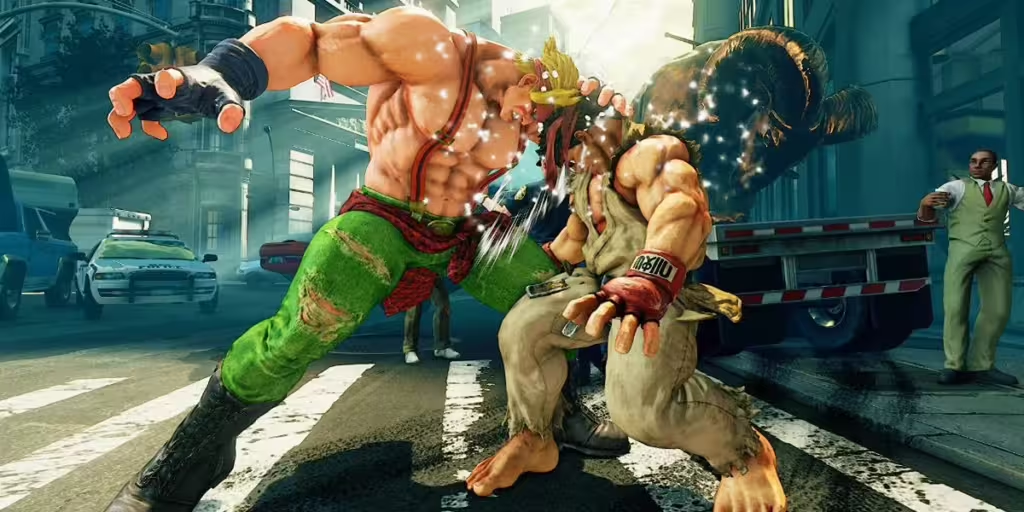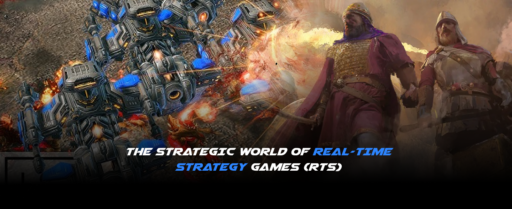Fighting games: An exciting video game genre characterized by direct, head-to-head combat between two or more characters, where players use very precise control-stringing attacks, counters, and defensive maneuvers. With a long history dating back in both arcades and home consoles, fighting games thrive from intense one-on-one battles, deep mechanics, and diverse rosters of characters.

In this blog, we’ll be going over the basics, revisiting some of the best titles, and talking about why fighting games are really booming in competition and at home.
What makes a good fighting game?
Essentially, it is a close combat duel where the two players keep trying to drain the other end’s health bar before the latter can do the same, without the former getting hit or if possible, reversing the action. Matches can start with rounds and are won by the first player to win an agreed number of rounds. Any number of fighting games go further than this; it includes combos, special moves, and counters, among others that a player would be able to master in a game to gain strategic advantage.
Basic elements of a fighting game:
- One-on-One Combat: Most of the games focus solely on direct competition, either between players or AI-controlled opponents, over a best-of-three format.
- Move Sets and Combos: Characters of a fighting game possess specific move sets consisting of specialized attacks, combos, and abilities that contribute to defining each fighter.
- Health Bars: The objective is to deplete the opponent’s health bar to zero through strikes, grapples, or special attacks.
- Special Moves and Meter Management: Most fighting games incorporate special moves that trigger through certain inputs or meter energy buildup, thereby giving players another level of strategy that can be used within the game.
- Precision and Timing: The whole idea of the genre is to produce a situation that is based on timing, spacing, and reaction. Success depends on several things, which include precision in executing moves and pre-empting the opponent’s movements.
Games Of All Times
Fighting games have also featured some of the most memorable and greatest characters in gaming. Here are a few of the most iconic titles that have helped establish the genre:
1. Street Fighter II (1991)
Street Fighter II is considered the game that catapulted fighting games into stardom. One of the first titles to establish a plethora of now-standard mechanics such as special moves, combos, and a great number of playable fighters are found in this game. The famous fighters such as Ryu, Chun-Li, and Guile were also first featured in this game, and it would eventually become the framework for competitive fighting games.
2. Mortal Kombat (1992)
With ruthless, ultraviolent antiheroes and special Fatalities, Mortal Kombat upset the gaming world with its graphically realistic (at least for its time) violence and action. The game was a grittier, darker take on fighting games and really helped to get the genre on the map. Its heroes, of course-Scorpion, Sub-Zero, Raiden-are indelible figures in the gaming zeitgeist.
3. Tekken 3 (1997)
Tekken 3 started a beat in the fighting genre due to its fluid animation, movement, and emphasis on hand-to-hand combat. There are characters such as Jin Kazama and Hwoarang. It has excellent technical depth while retaining accessibility, making it one of the best-selling fighting games of all time. It is a staple in both arcades and home consoles.
4. Super Smash Bros. Melee (2001)
Melee took the fighting game format and made something crazy chaotic out of it in its multi-character battles and platforming mechanics. It featured all characters from Nintendo franchises, such as Mario, Link, and Pikachu, which really played more to a casual-friendly take on the genre that still held enough depth for competitive play. To top it off, it is a fans favorite in the competitive scene, too.
5. Soulcalibur (1998)
Soulcalibur was one of the first to really affect weapon-based fighting, with the game having characters equip swords, spears, and other variants of weapons. It was a visually stunning game for its time, with fluids movement, but even deeper mechanics. The novel fighting system of Soulcalibur, coupled with the teeming rosters, made it a class apart.
Why Fighting Games Are So Popular
Despite the influx of many other genres, fighting games have endured and remain popular, especially in competitive gaming and eSports. Why? Here’s why:
- High Skill Ceiling: Fighting games reward mastery. Because of their complex move sets, combos, and mechanics, they have an incredibly deep learning curve, and dedicated players keep coming back to shave their edge off just a little more.
- Competitive Scene: The FGC is one of the most passionate and competitive communities in gaming. Tournaments like EVO host the best talent from around the world competing in Street Fighter and Tekken for glory and prize money.
- Character Roster: Fighting games are indeed known to have a colorful and very diverse roster. While having options, players can choose from a lot of different fighters. Be that a ninja character, fast and agile but nimble; a brute who might be slow in its approach but gets known by the smashing of everything in its way or even a technical martial artist.
- Quick Action: How better can one describe the fight game match in terms of the duration? Of course, these matches usually are short and fast-moving games, and highly accessible yet competitive. Such a balance is actually a nice combination with which it works both ways: the game finds room for casual as well as serious players.
- Legendary Characters and Actions: No other genre creates characters as memorable as fighting games. Who can forget Ryu’s Hadouken or Scorpion’s Get over here!?

Summary
Fighting games combine strategy, reflex, and high-energy combat in a unique package that has managed to keep engaging players from everywhere. Whether it’s mastering intricate combos, learning the ins and outs of different characters, or competing in high-stakes tournaments, the thrill of the fight remains at the heart of the genre. New titles come out constantly and evolve upon traditional mechanics so as to continue to improve an ever-standing piece of gaming art that has been carrying with it astounding news since its creation.



